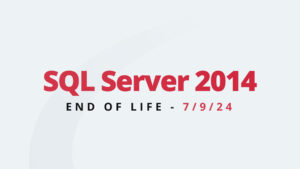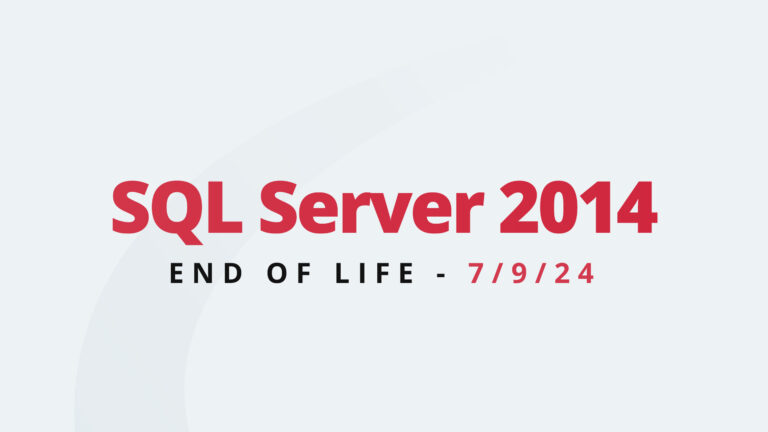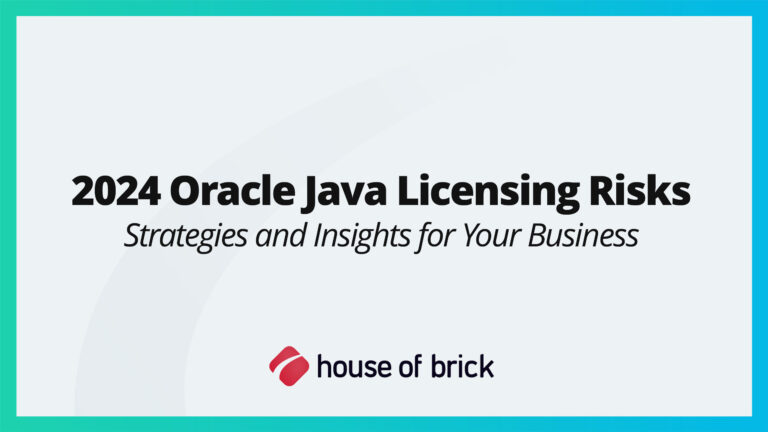Written by: Mike Stone, Principal Architect; Joe Grant, Principal Architect; Bob Lindquist, Client Solutions Director
House of Brick consultants have helped many clients assess Oracle engineered systems, like the Oracle Database Appliance and Exadata platforms, to properly migrate workloads to the AWS cloud.
Oracle customers may be using these engineered systems for a variety of business or technical reasons. In some cases, the ODA or Exadata was part of a larger Oracle software purchase or audit settlement. For others, performance and availability were key considerations that Oracle suggested could only be met by an Oracle engineered system.
The following are a few examples of such HoB client engagements and AWS outcomes:
Financial Institution – Exadata Performance Needs
This Oracle customer had a business strategy to vacate their on-premises data centers. However, their mission critical data warehouse ran an a very expensive proprietary hardware platform.
The challenge was that the data warehouse required the same or better level of high performance in the cloud as it did with the on-premises proprietary system. In order to architect an optimal AWS option, the customer engaged House of Brick to assess, plan and test deployment of their data warehouse on AWS.
By leveraging the synergy of AWS Dense SSD Storage Instances and the data warehouse storage technology, an ultra-high-performance architecture was designed and deployed that outperformed the proprietary engineered system.
The successful outcome resulted in the client becoming committed to AWS. With a substantial AWS footprint now, the client is migrating other on-premises workloads as they complete their data center evacuation plans.
Government Agency – “Fully Loaded” Oracle Database Appliance
The customer found themselves on ODA with most of the processors disabled and utilizing only a small percentage of the performance the hardware was capable of in every regard.
Their entire Oracle footprint consisted of a single production application along with a couple of test and dev environments. For four years they struggled with establishing a reliable and seamless DR capability, so the platform was not an optimal fit.
With the assistance of the software vendor, we established that Standard Edition met the functional requirements and did a pilot on RDS to prove it out. Further, we determined that we could replace Weblogic running in Oracle VM with Tomcat on EC2.
For about 30% of what they were paying annually, the customer has recognized the following benefits:
- No longer dependent on aging hardware that is maintained in house
- No longer subject to the looming threat of an Oracle audit
- Much simpler management of infrastructure
- Faster / simpler cloning of environments
- Seamless multi-AZ high availability
Educational Organization – Cost & Support Concerns
The client referenced here is in the process of modernizing their applications, as a part of this process they will move away from Oracle database. In addition, as with many of our clients, the client is interested in getting out of the data center management business. As for the engineered systems they have multiple Exadatas and Exalogic frames that are very old at this point. Over the years the client has fallen behind on patching and upgrading the Grid Infrastructure and Database software and would take quite some time and several outages to get caught up.
When reviewing the system and database metrics we held on-going conversations concerning the overall architecture in AWS with the client. Very early on it became evident that maintaining the Exalogic systems on-premises and placing the Oracle databases in AWS would be a mistake. The latencies introduced in such a situation would be unacceptable; in certain circumstances the application server and database would not be on the same continent.
As alluded to the database versions are older. As a result, the only AWS service available for the database instance are EC2 instances with EBS. The client is interested in using RDS, however the needed Oracle database versions will prevent it. The client does not want to invest the time and money into the needed application changes and testing needed to upgrade the Oracle database version when they ultimately want to get off Oracle anyhow. If during the migration to AWS it is determined that an upgrade is acceptable, then use of Amazon RDS for Oracle will become an option.
For the application servers, they are currently running on Oracle WebLogic and during the migration this will not change. Due to this, the only available compute option is EC2. I am not directly involved in the application modernization, but I would hope that for the effort they are considering using AWS serverless services.
Conclusion
Oracle engineered system workloads can be successfully migrated to the AWS cloud. As shown in the examples above, Oracle customers will need to understand the performance, architecture and licensing options which AWS can provide. They can then decide on those that best meet their business and technical needs.








